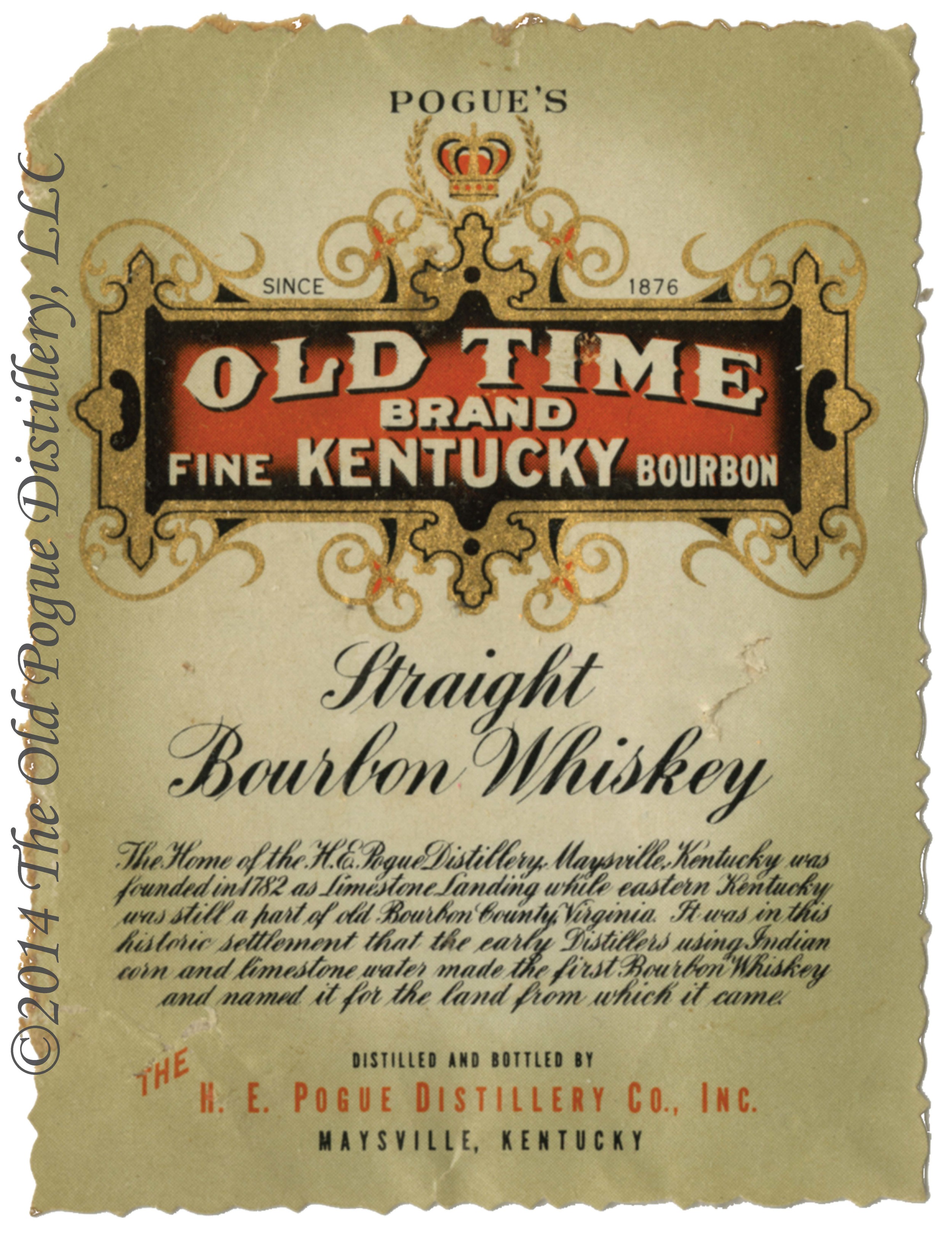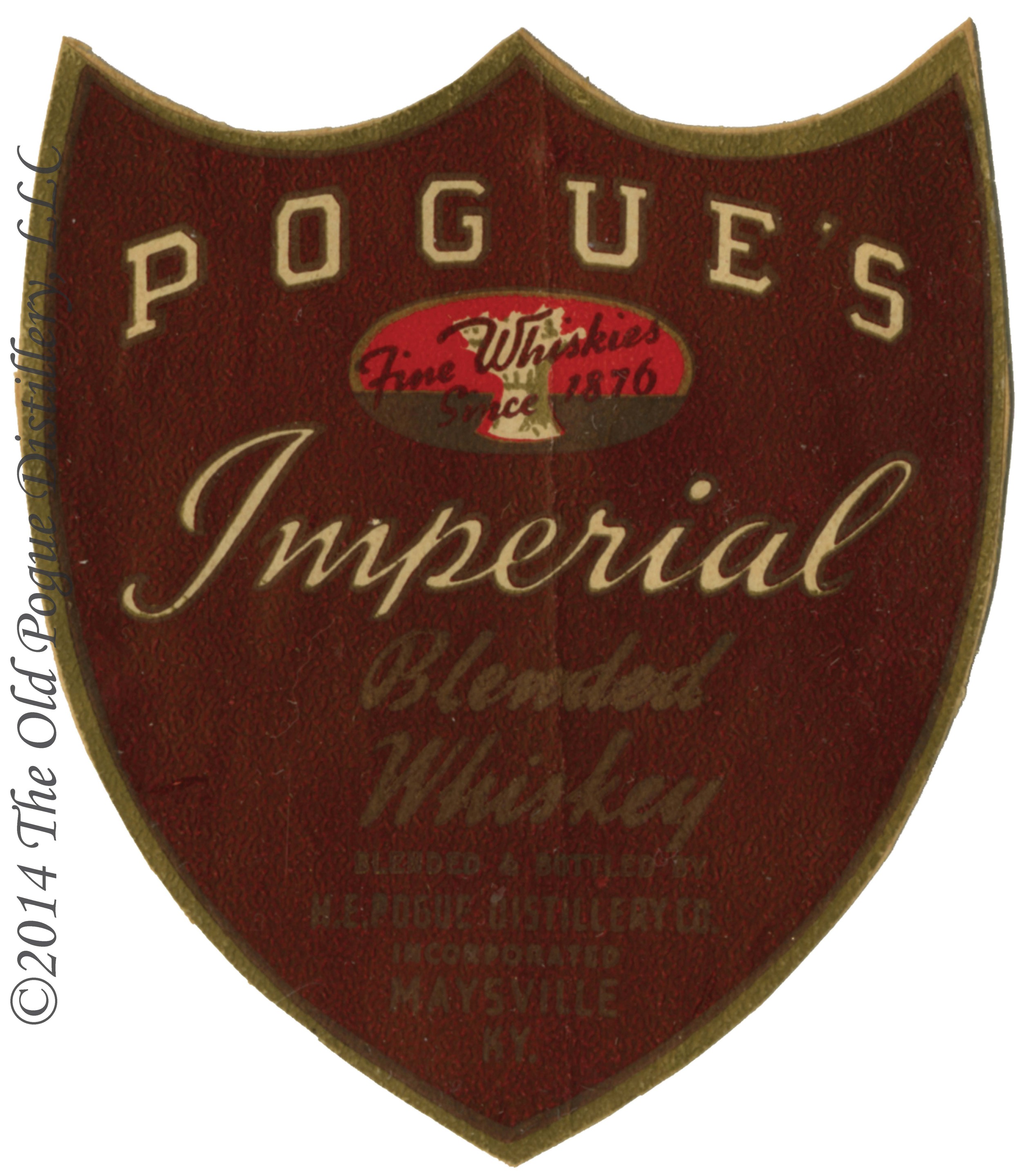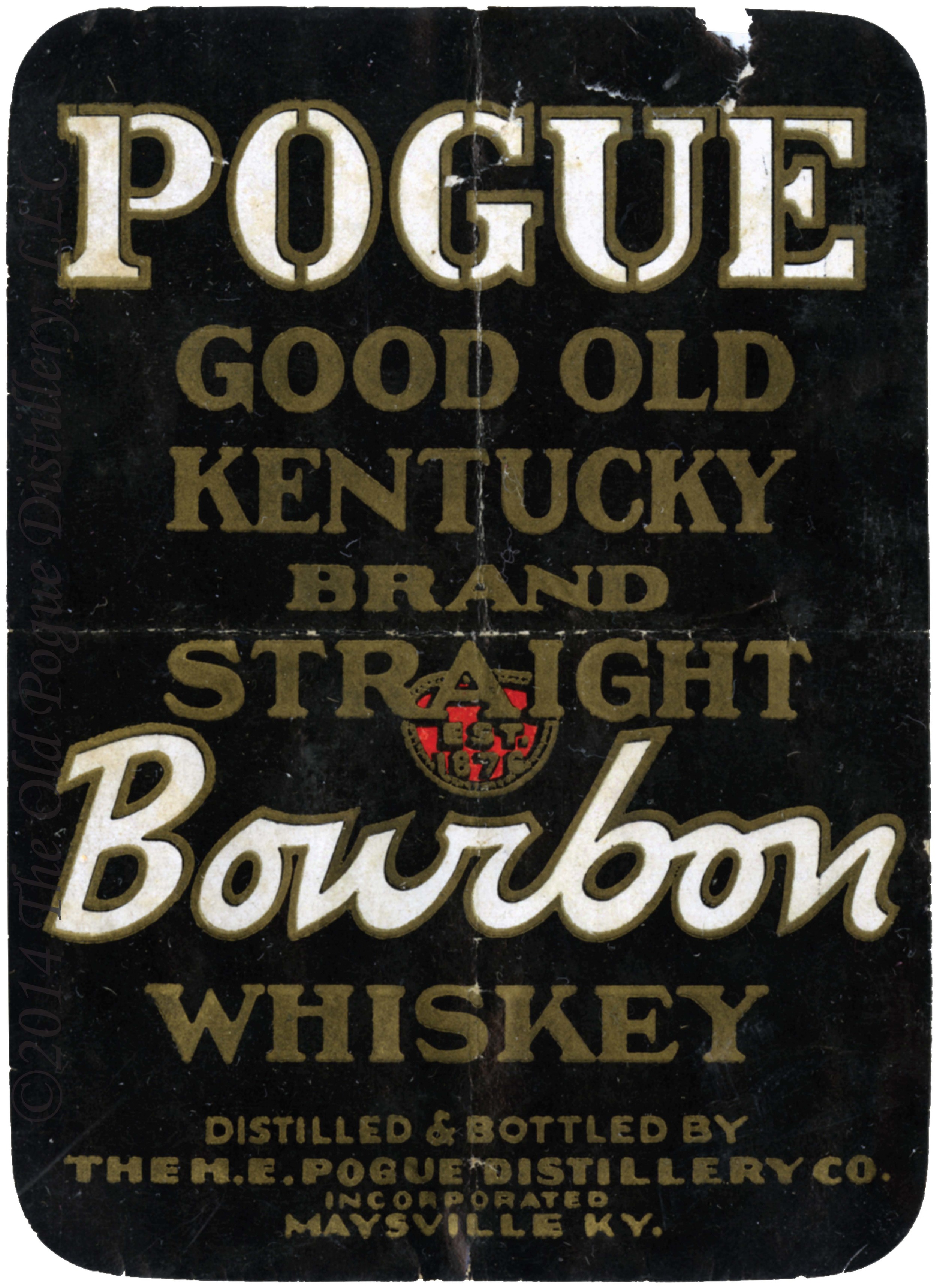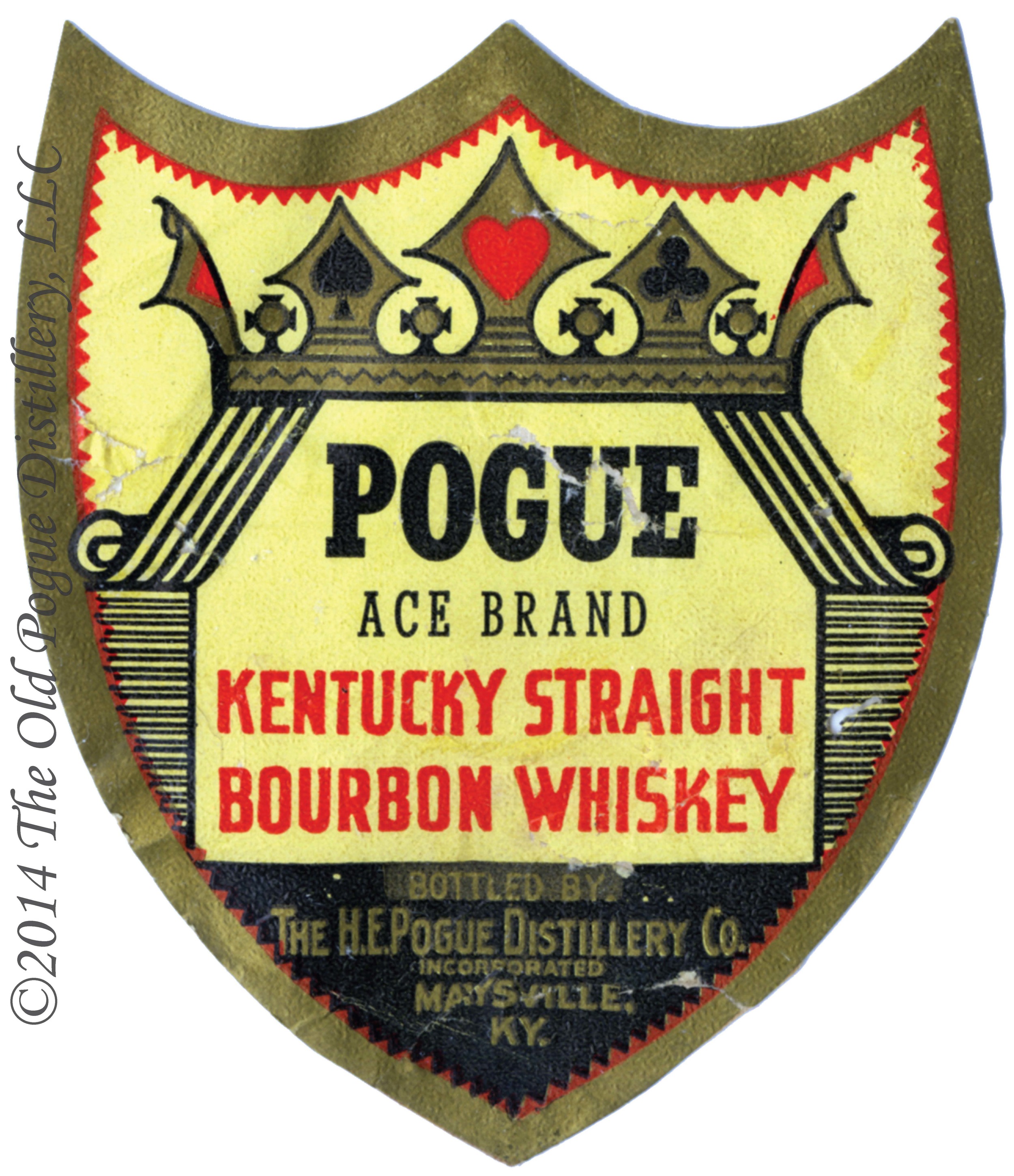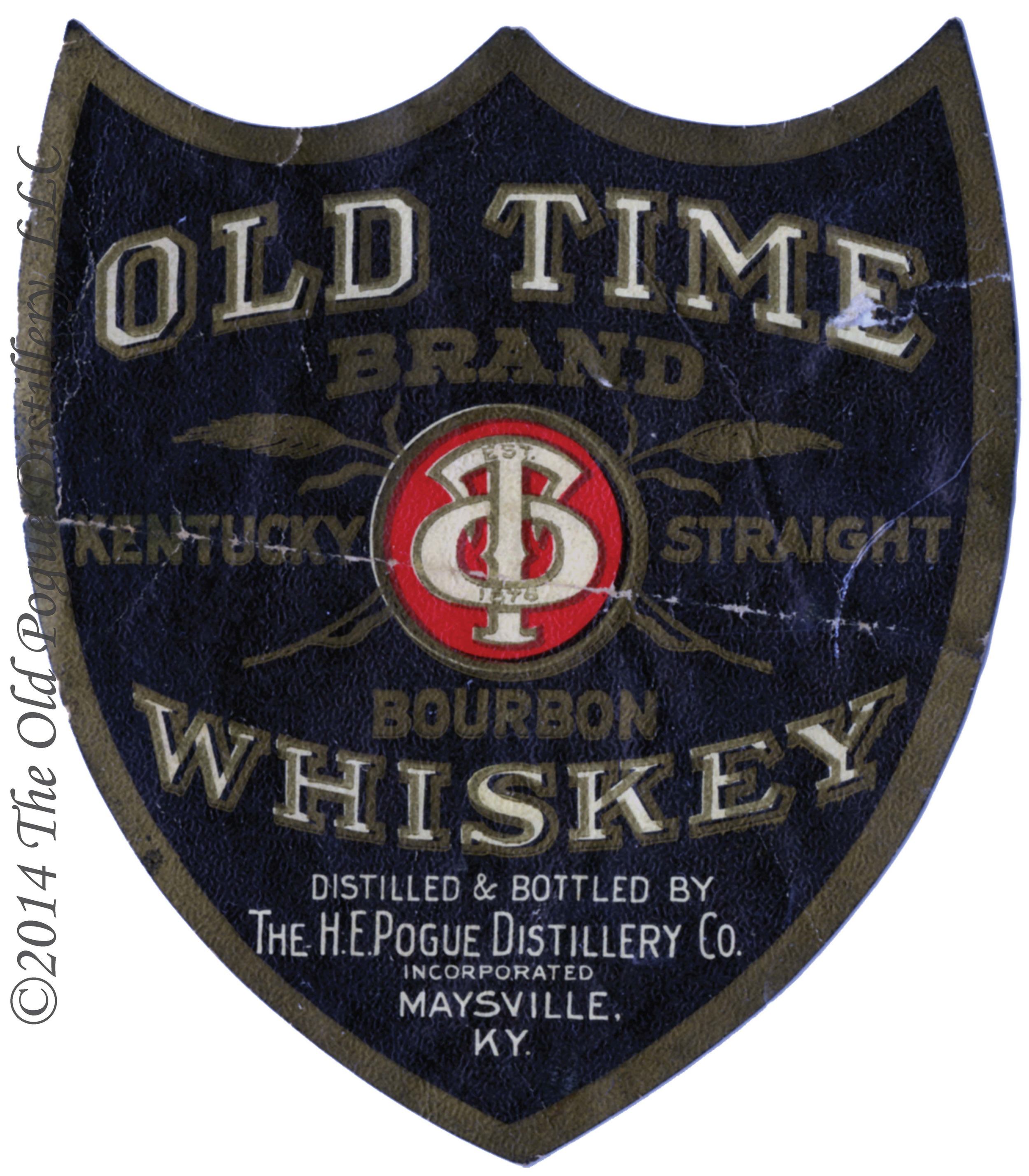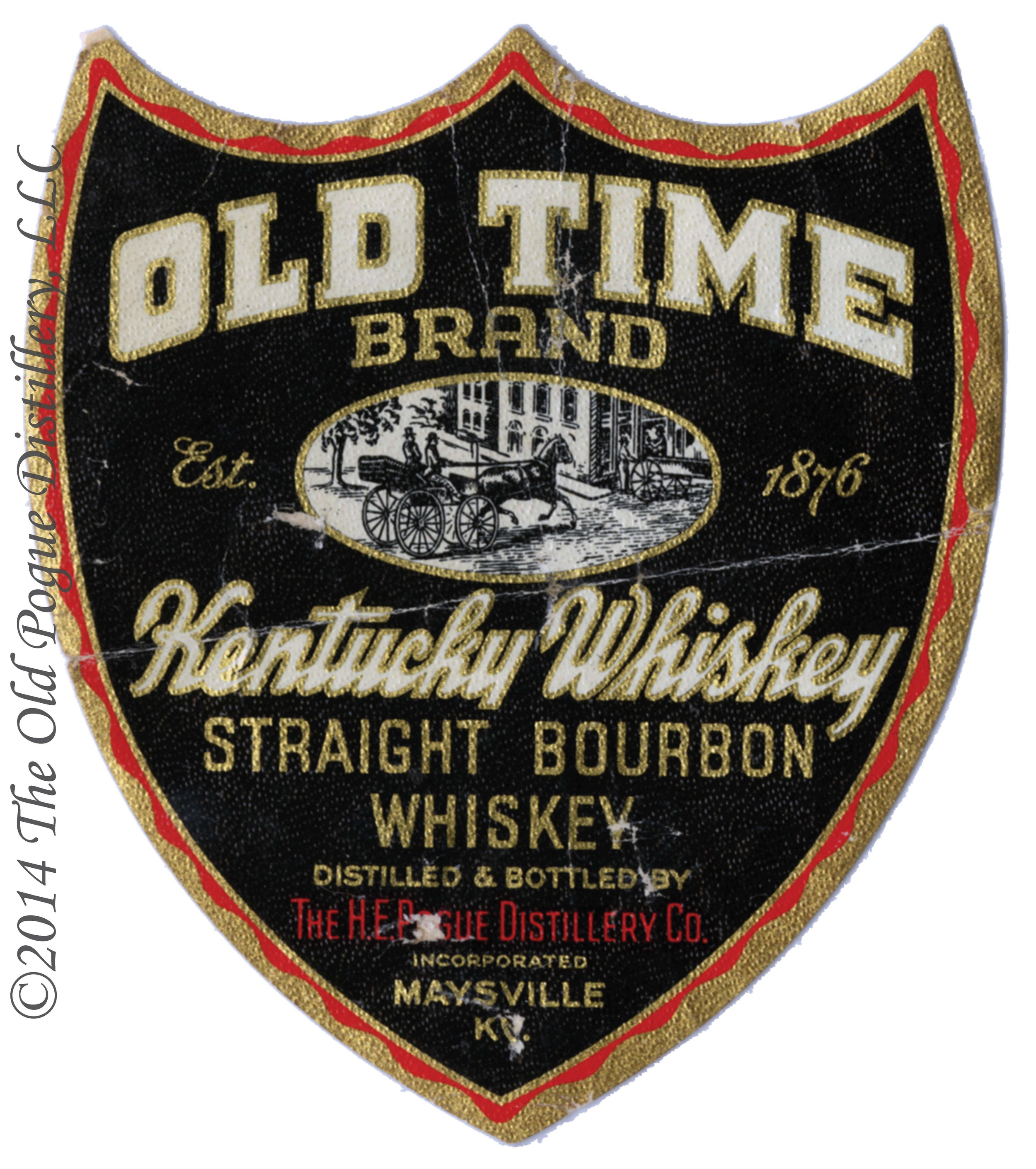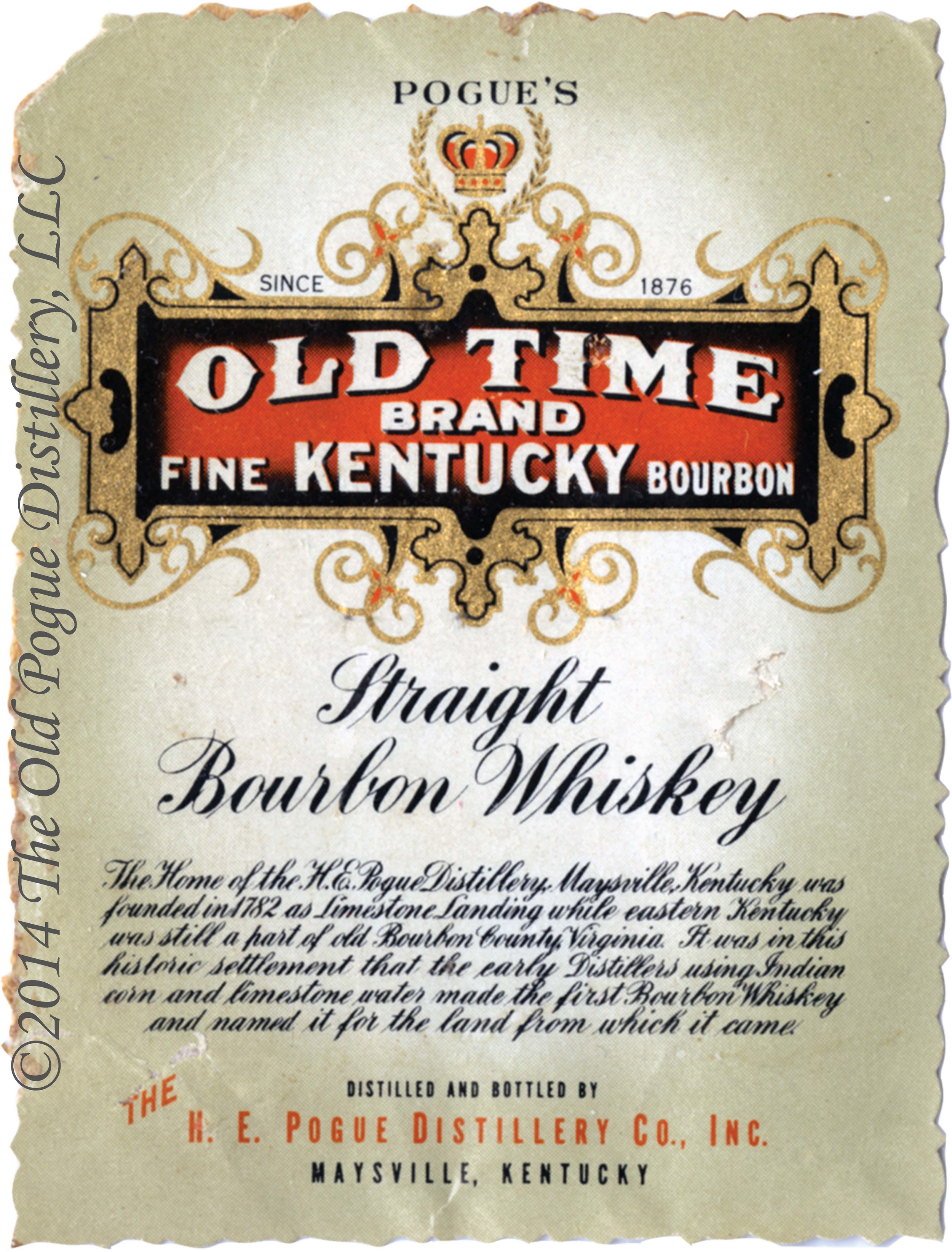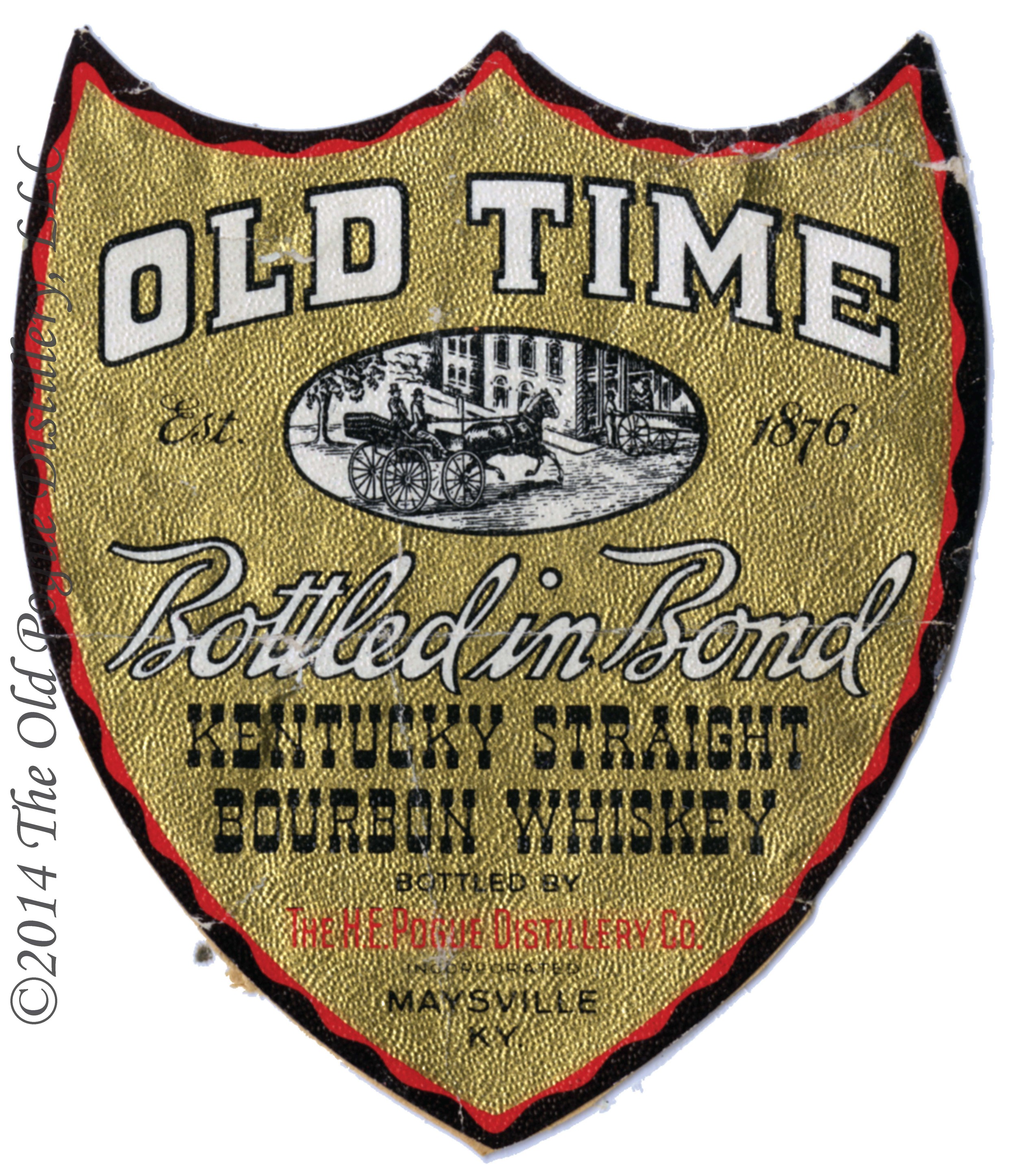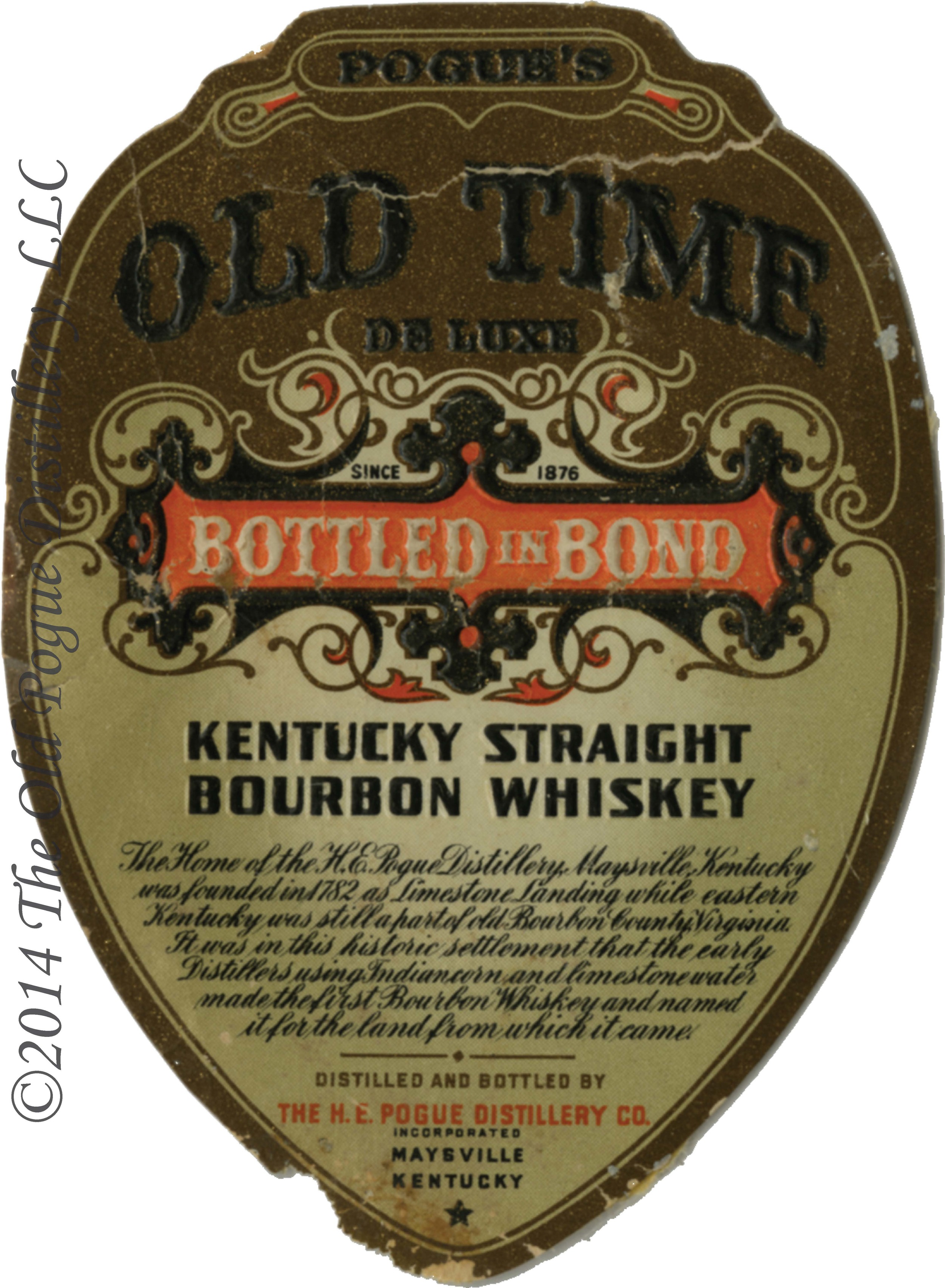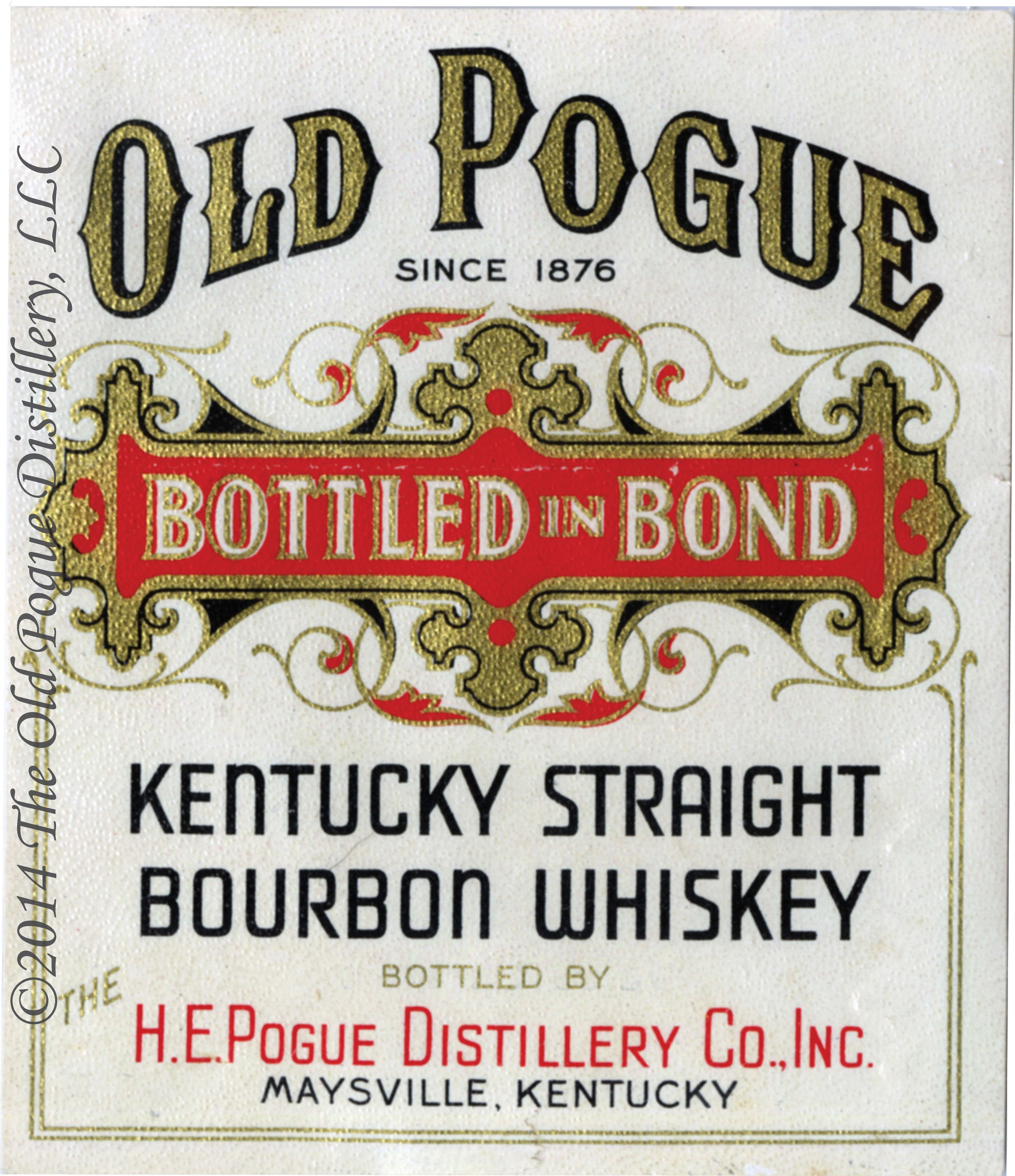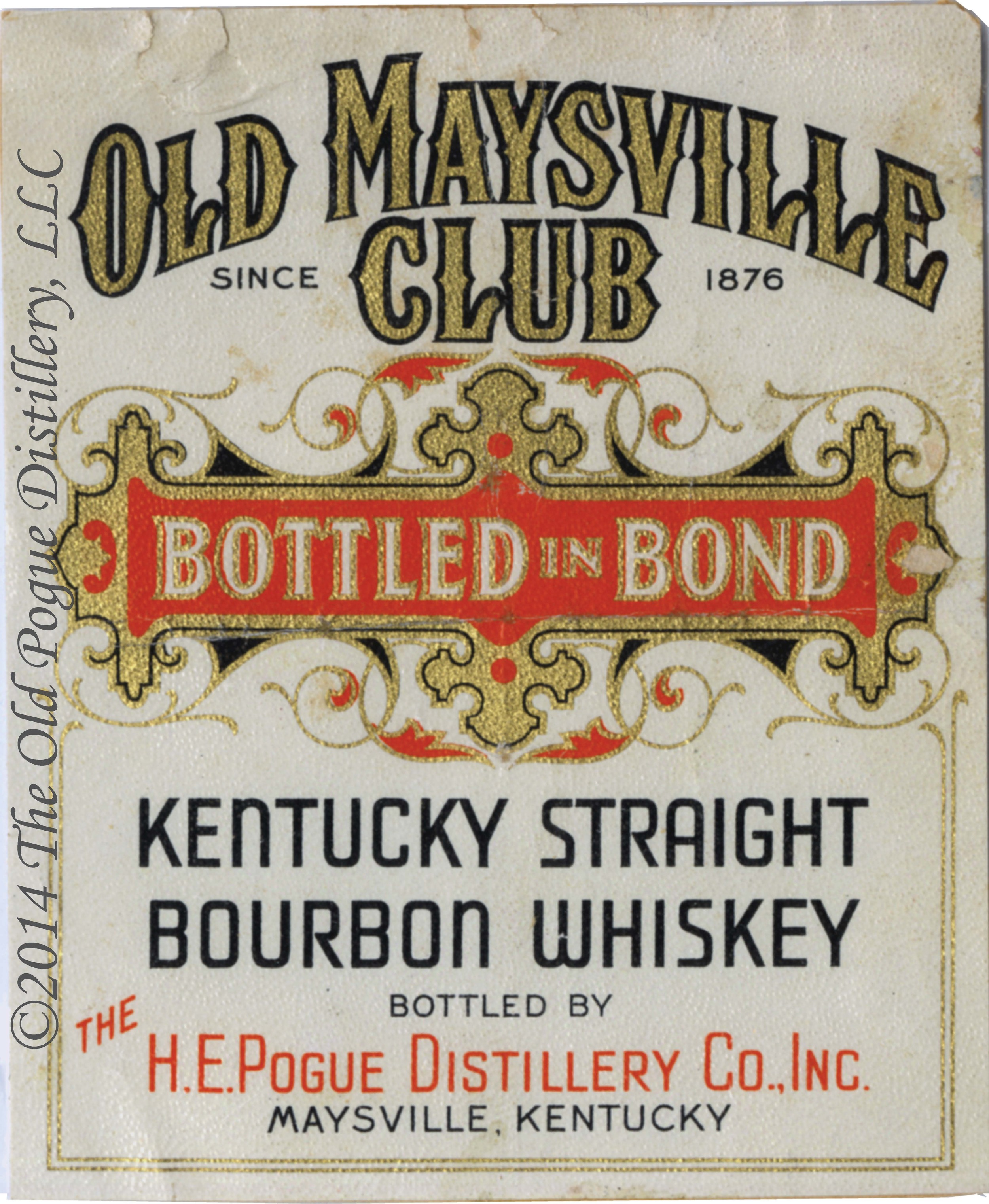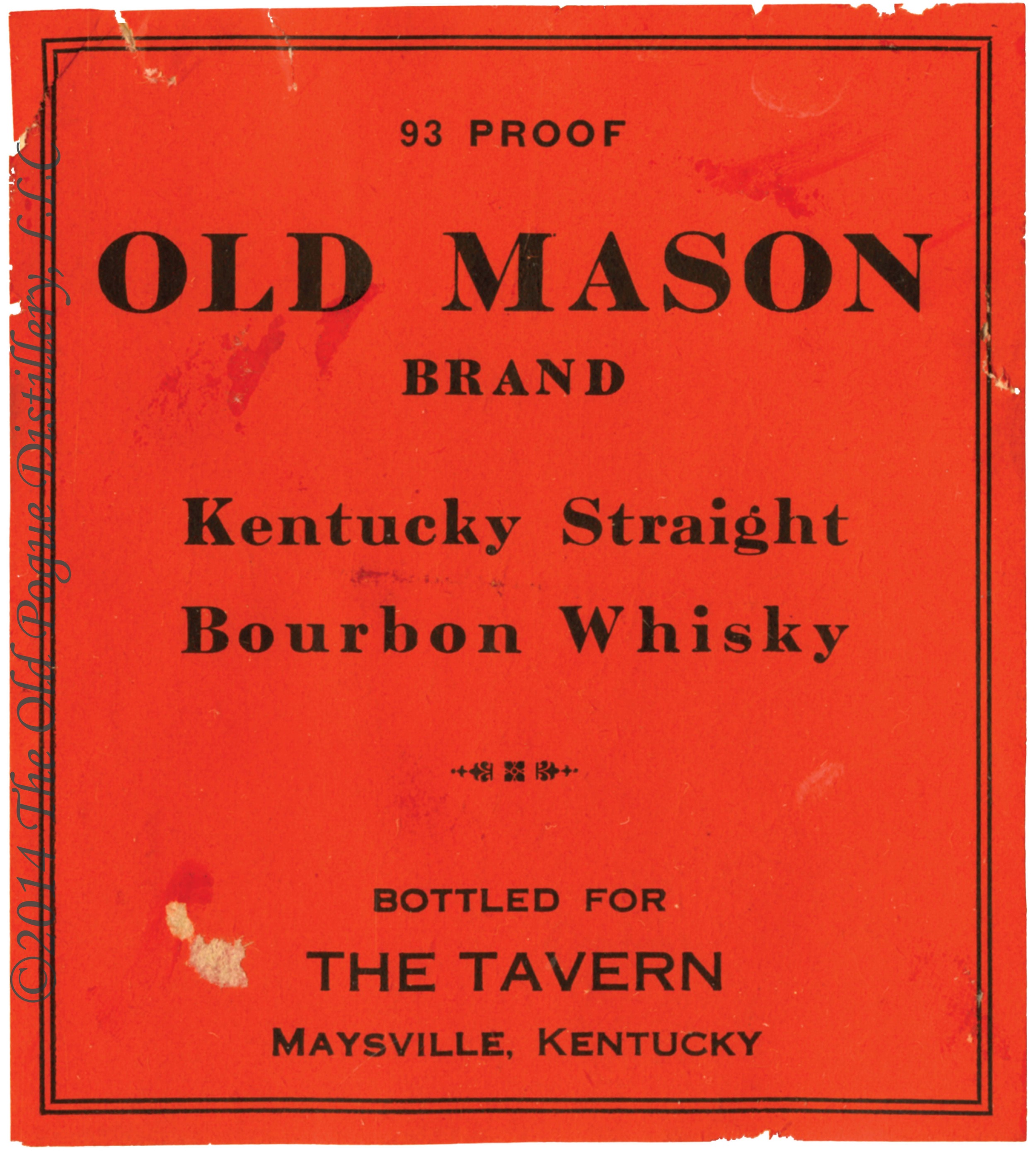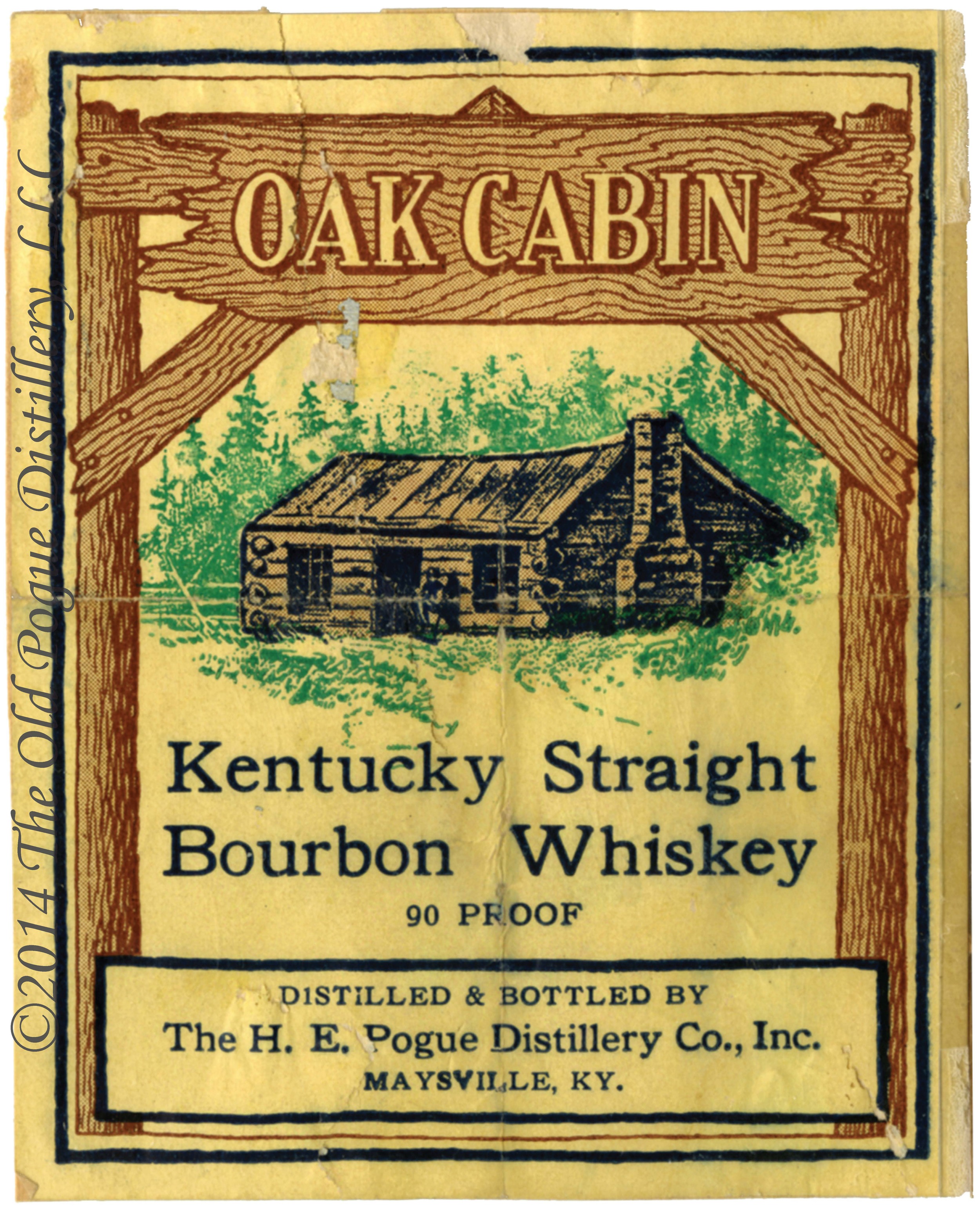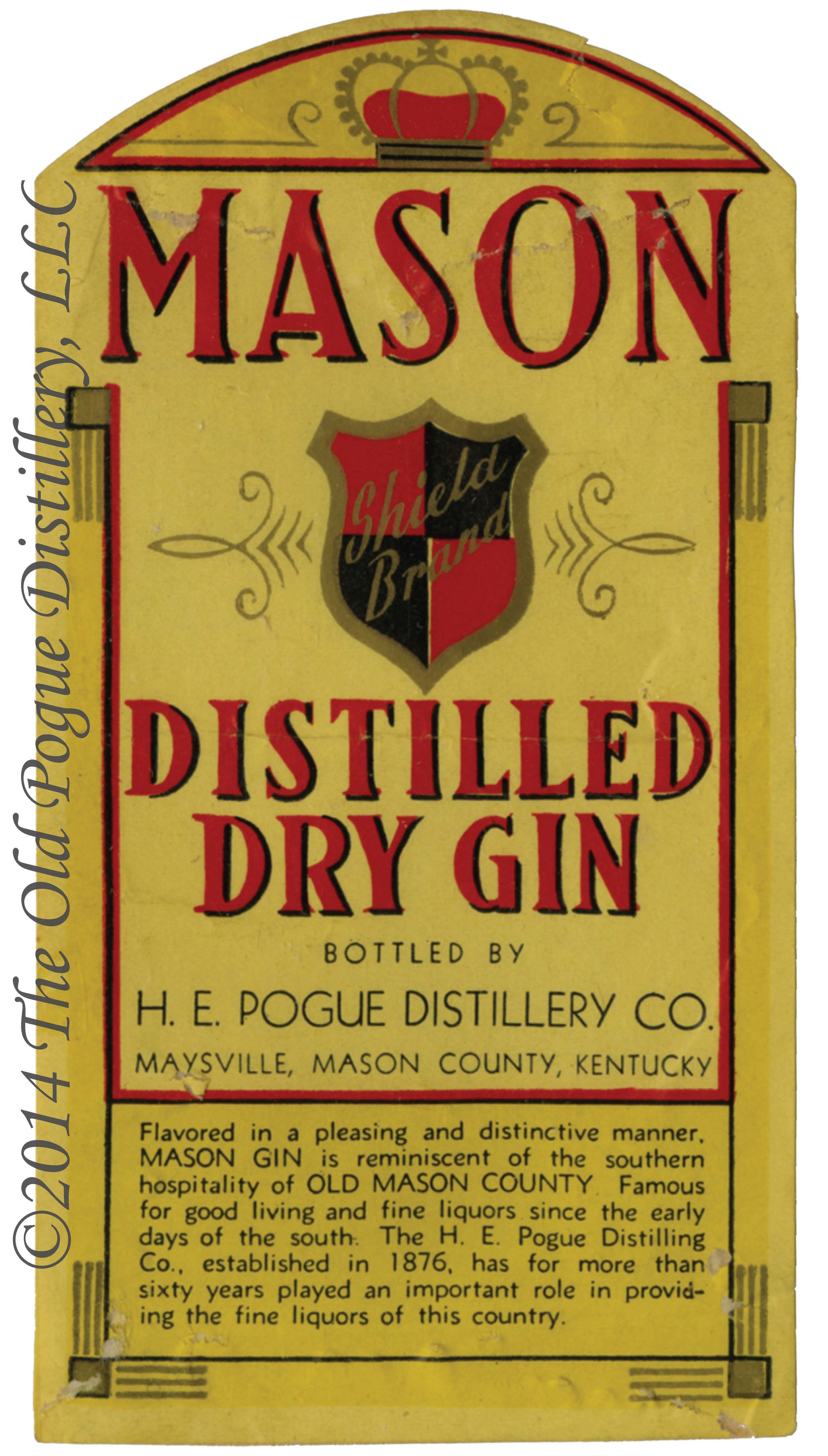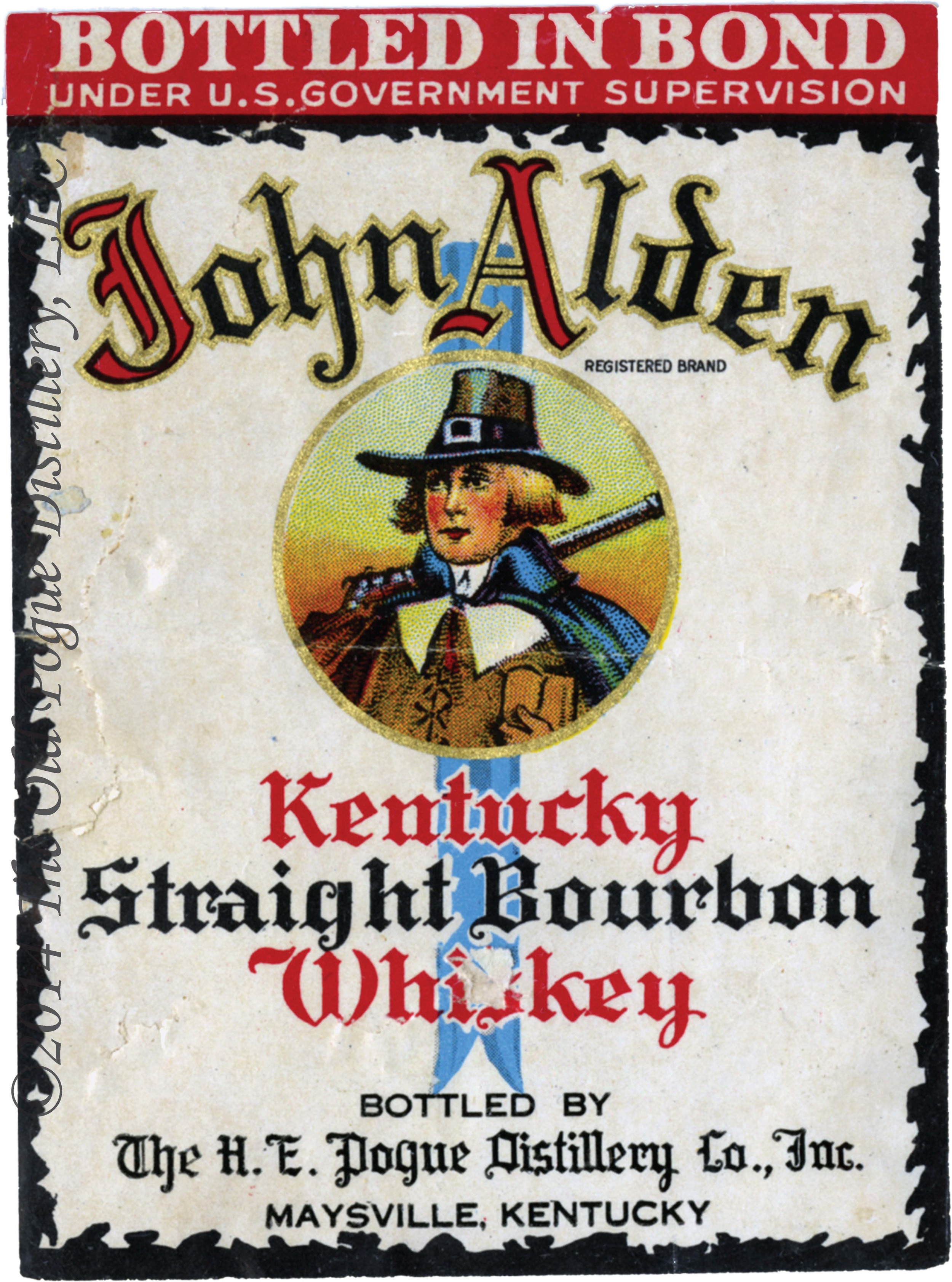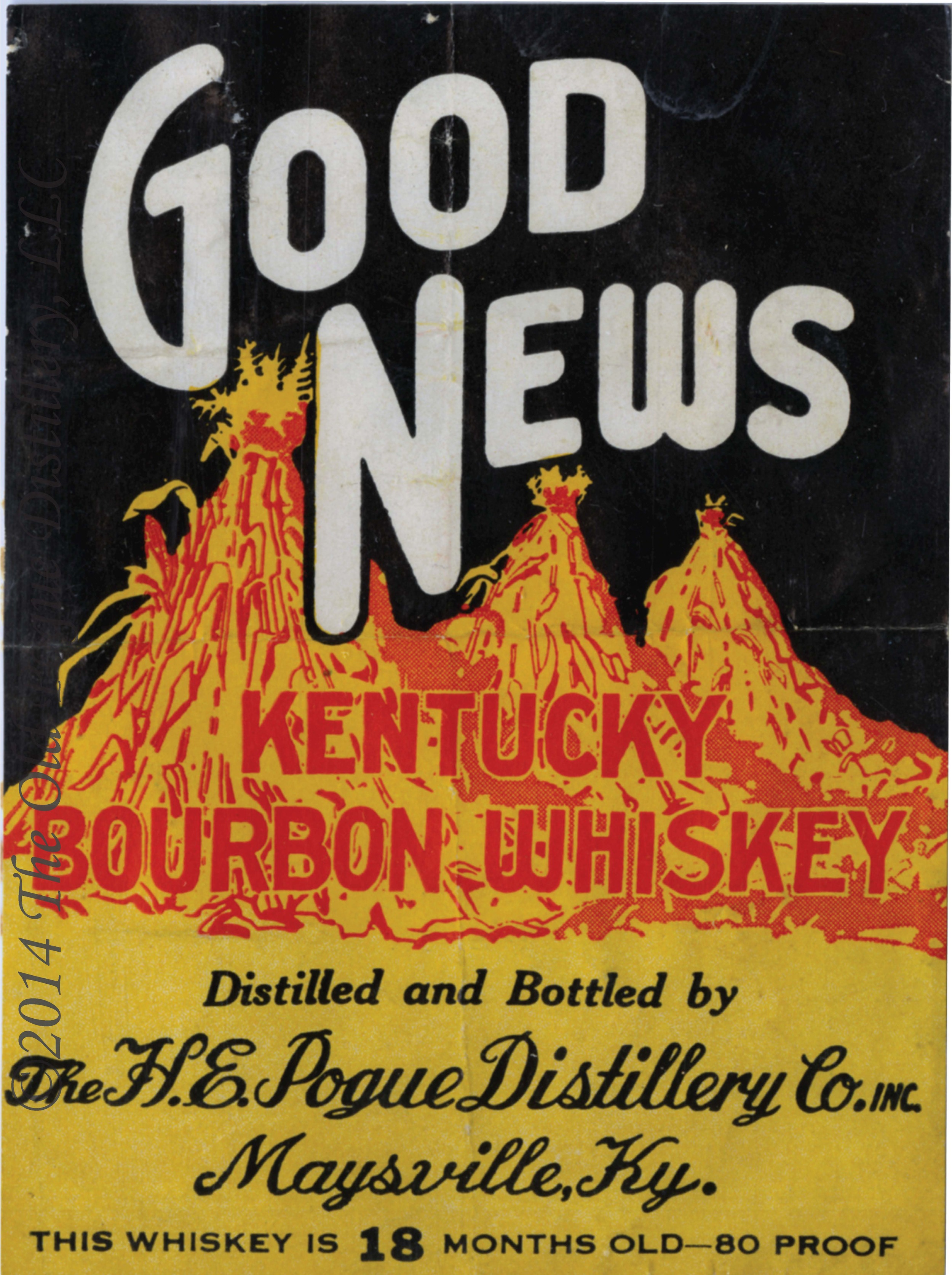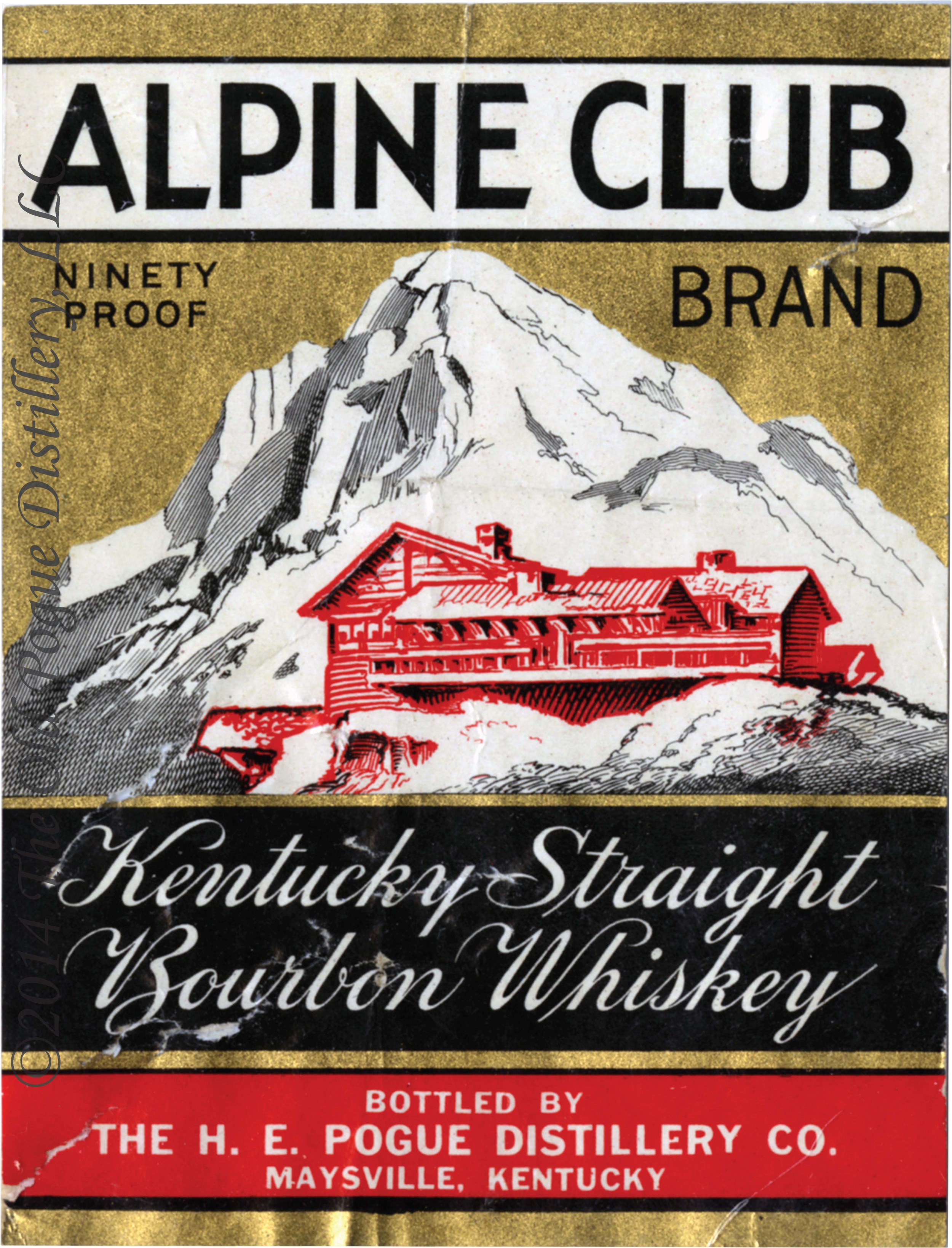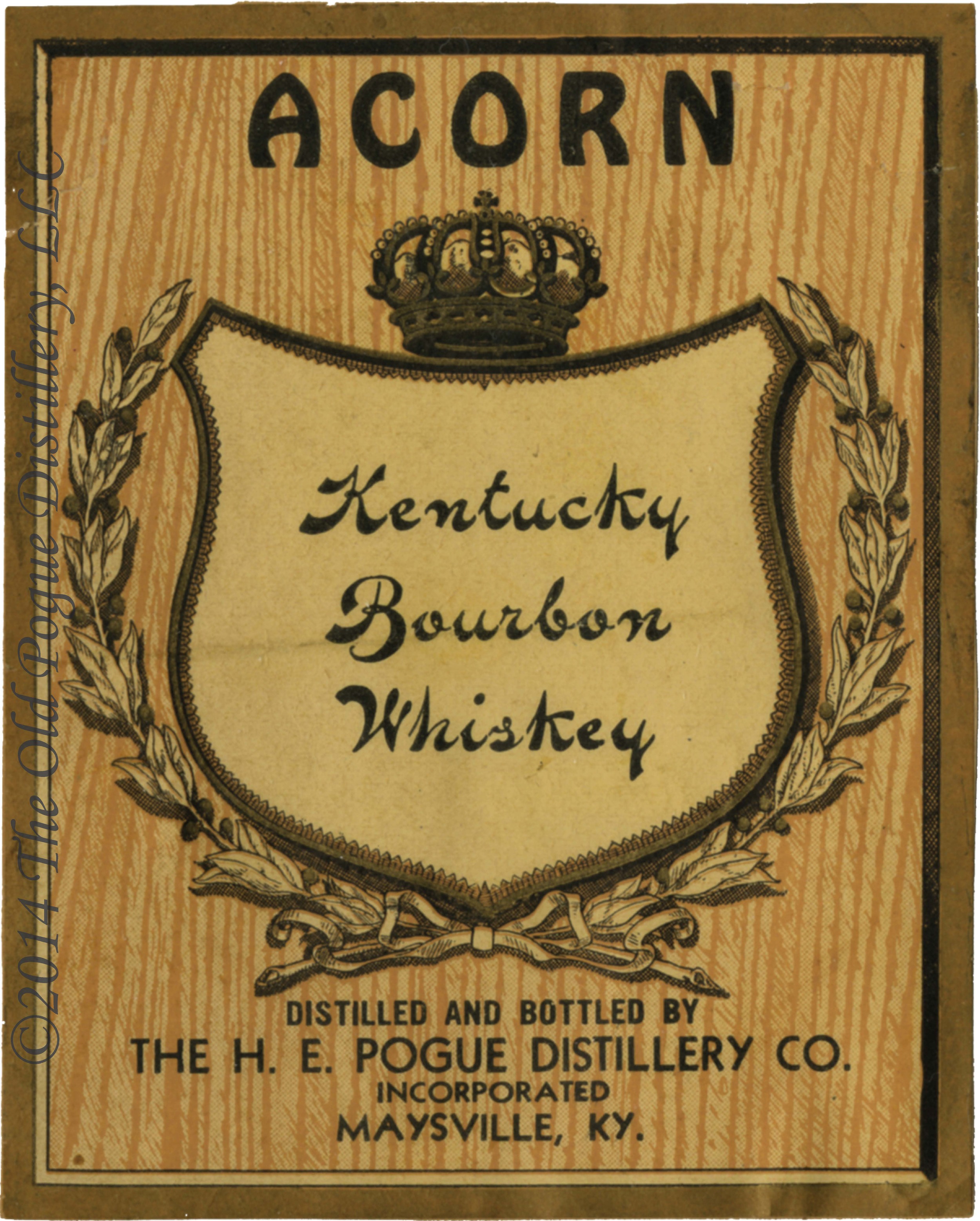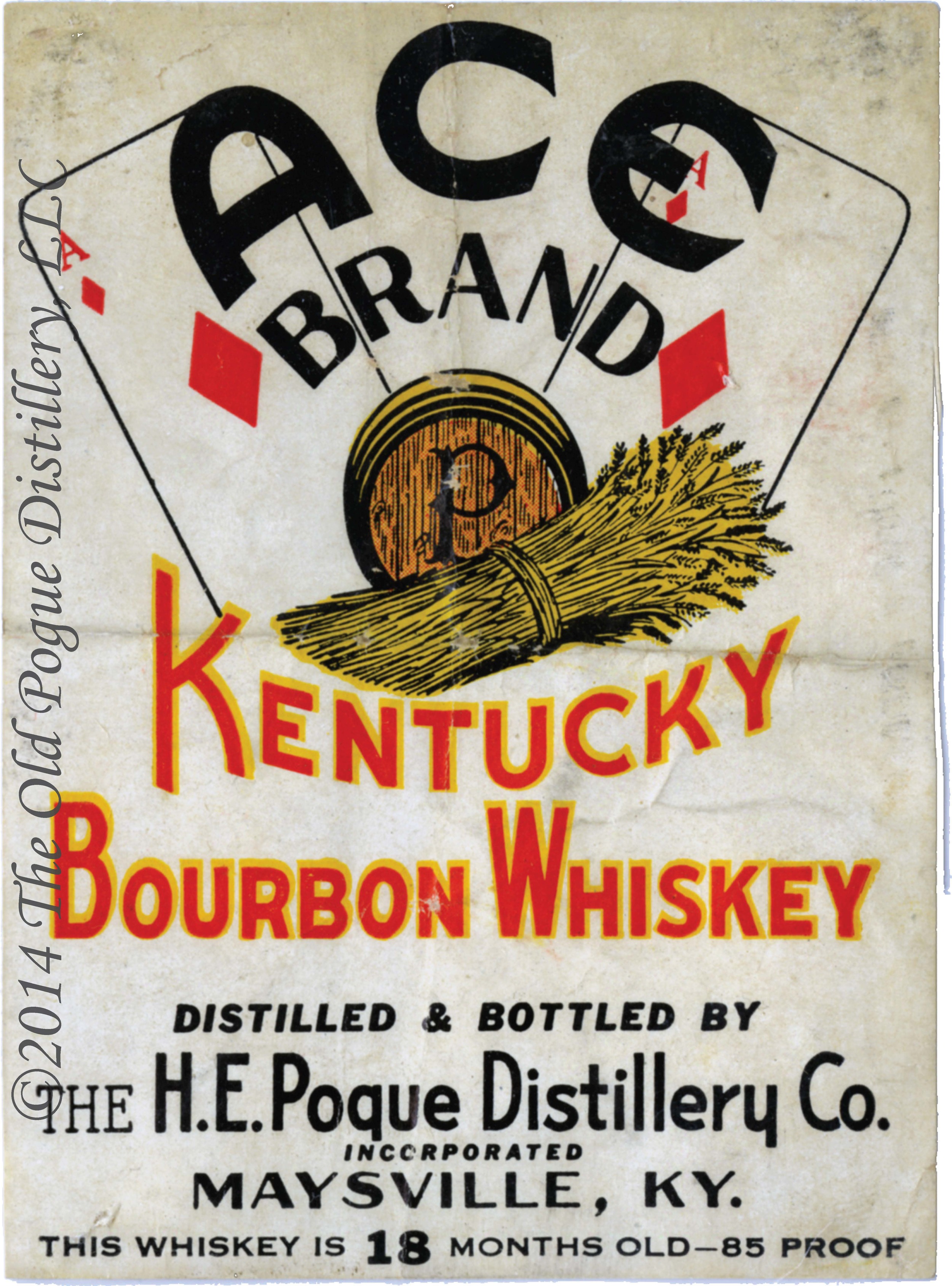Old Pogue
Our Story
Old Pogue has a history dating back to the years following the Civil War. In 1876, the original Pogue distillery, Kentucky registered distillery No. 3, was established in Maysville, Mason County, Kentucky, very near a site often said to be the location of Kentucky's first bourbon distillery.
Prior to Kentucky's statehood, Maysville was part of Old Bourbon County, Virginia, where pioneer distillers discovered that the Indian corn and limestone water of the region made a product of mellow character and distinguished flavor.
Today, the bourbon-making tradition is carried forward by fifth and sixth generation Pogues using the original Pogue recipes under a time-honored and fixed formula. Our current base of operation is located in the very same plot of land in Maysville, and we are proud to offer superior quality, small-batch bourbon and rye spirits.
That was the short version. For you history buffs out there, here is the long version: Following the Revolutionary War, a few venturesome settlers migrated down the Ohio River. One of their first stops was at the junction of the Ohio River with Limestone Creek, an area in centuries past known for buffalo fording the Ohio River and beating a path to inland Kentucky in search of nutrient rich salt licks. This migration pattern was the beginning of old “Buffalo Trace”. Here in the original Bourbon County or "Old Bourbon" as it was commonly called, the settlement of Limestone Landing was formed. Limestone Landing became Maysville, KY in 1792 and the whisky that passed through Maysville was known as Old Bourbon County Whisky.
Limestone Landing became host to several early bourbon distilleries. In fact, the region experienced an influx of pioneer distillers seeking to escape the taxation on spirits associated with the payment of Revolutionary War debt. The evasion of taxation culminated in the mustering of troops to put down the protest that came to be known as the "Whiskey Rebellion." After the rebellion and nearly 30 years of marketing corn whisky from Old Bourbon county, in 1821 the Maysville commission merchants "Stout & Adams" placed the first advertisement for just Bourbon Whisky in the Western Citizen newspaper. This advertisement is often credited as the document that named the product we enjoy today. Here's a short video from the documentary "Bourbon & Kentucky: A History Distilled" reviewing some of bourbon's history:
Henry Edgar Pogue (1825-1890)
Shortly after this time in 1876, Henry Edgar Pogue (H.E. Pogue I) purchased the Old Time Distillery from O.H.P Thomas. H.E. Pogue was the head distiller for O.H.P Thomas at the time of the acquisition and produced "Old Time" Sour Mash and "Old Maysville Club" Rye. The distillery became Kentucky Registered Distillery No.3, located in the 7th District within the Maysville, Mason County, Kentucky city limits.
According to some records, the H.E. Pogue Distillery's original brand was "Old Pogue" Kentucky Straight Bourbon Whisky. Pogue's whiskies quickly established themselves throughout the country as whiskies of superior quality and they flourished in popularity. Early brands in the late 1800s and early 1900s were "Old Time" Sour Mash Pure Copper Whisky, "Old Maysville Club" Rye Whisky, "Royal Club" Wheat Whisky, "Old Pogue" Straight Bourbon Whisky, "Royal Club" Pure Rye Whisky, "Niagara Whisky," "Belle of Maysville" Fire Copper Whisky, "Old 56" Gentleman’s Whisky, "Ace" Bourbon Whisky, "Good News" Bourbon Whisky, "Lincoln Club," and many others.
A newspaper account from January 25, 1900 notes that the H.E. Pogue distillery was distilling 50 barrels of whisky daily and stated,"it is said by those who know that there is no better distillery in Kentucky". Original correspondence from the early 1900s reveals orders from Yuma, Arizona, Oklahoma, and even as far as Japan. The newspaper account went on to report that the Pogue Distillery had "built up a large business strictly through honorable methods" and "enjoyed the reputation of being one of the best known and best patronized in the State of Kentucky".
H.E. Pogue II (1859-1919)
H.E. Pogue I died November 1, 1890 in an accident in the distillery and was succeeded by his son, H.E. Pogue II until 1919, when he too passed in a work-related accident. While fighting in World War I at the age of 23, H.E. Pogue III was informed of his father’s death and returned home to run the distillery. Less than one year later in 1919, the Eighteenth Amendment to the U.S. Constitution was ratified and the United States Congress subsequently passed the Volstead Act, ushering in the Prohibition Era, which prohibited the sale of distilled spirits, including whisky, except for medicinal purposes.
H.E. Pogue III (1894 - 1954)
During the early 1920s, Pogue sold limited quantities of its whisky for medicinal purposes under the "Old Jordan" brand. "Old Jordan" was an 18 year old, 91 proof whisky. At this time, the Pogue distillery also legally distributed significant amounts of its whisky through famed Cincinnati pharmacist George Remus. During the early Prohibition years, H.E. Pogue III acquired two other distilleries: the Greendale Distillery of Lawrenceburg, Indiana, on June 22, 1921 and New England Distilling Co. of Covington, Kentucky on November 30, 1925. Greendale manufactured Gin and Spring Water Whisky and the New England Distilling Co. primarily made "Red Star" Rum, which was used as a flavoring in tobacco products.
Despite these advances, however, Prohibition eventually took its toll on the Pogue Distillery. On August 10, 1926 the Pogue Distillery ended its operations as a bonded whisky storage warehouse for the government when the last barrel of whisky (Barrel #6796) was shipped to the Louisville Warehouse Company for consolidated government supervision. As a newspaper account reported at the time, "So many thousands of barrels have entered and departed that, if turned into terms of money at bootleg prices, it would far exceed the national debt." The account concludes "the passage of the Volstead Act made sure the passing of this business".
At the end of Prohibition in 1933, H.E. Pogue III became a consultant to various entities and individuals attempting to restart distilleries now that whisky production was legal once again. Still troubled by the early deaths of his father and grandfather, Pogue III did not want to reopen the Pogue distillery and instead negotiated the sale of the distillery to Rose of Chicago on October 22, 1935. Shortly thereafter, following an interval of 18 years, operations at the H.E. Pogue Distillery resumed production. Rose renovated the distillery, including the construction of three new 10,000 barrel of warehouses at the original distillery site in Maysville, KY. A circular published after the renovation may be seen below.
Today, the fifth and sixth generations of Pogues, direct descendants of H.E. Pogue I, II, and III, including H.E. Pogue IV and H.E. Pogue V, return to offer the discriminating whisky drinker super-premium handcrafted whiskies fashioned from the original Pogue recipes. As one of Kentucky's oldest whisky families, the Pogue family is pleased to offer products never changed or cheapened in character, and has never compromised quality for quantity.



